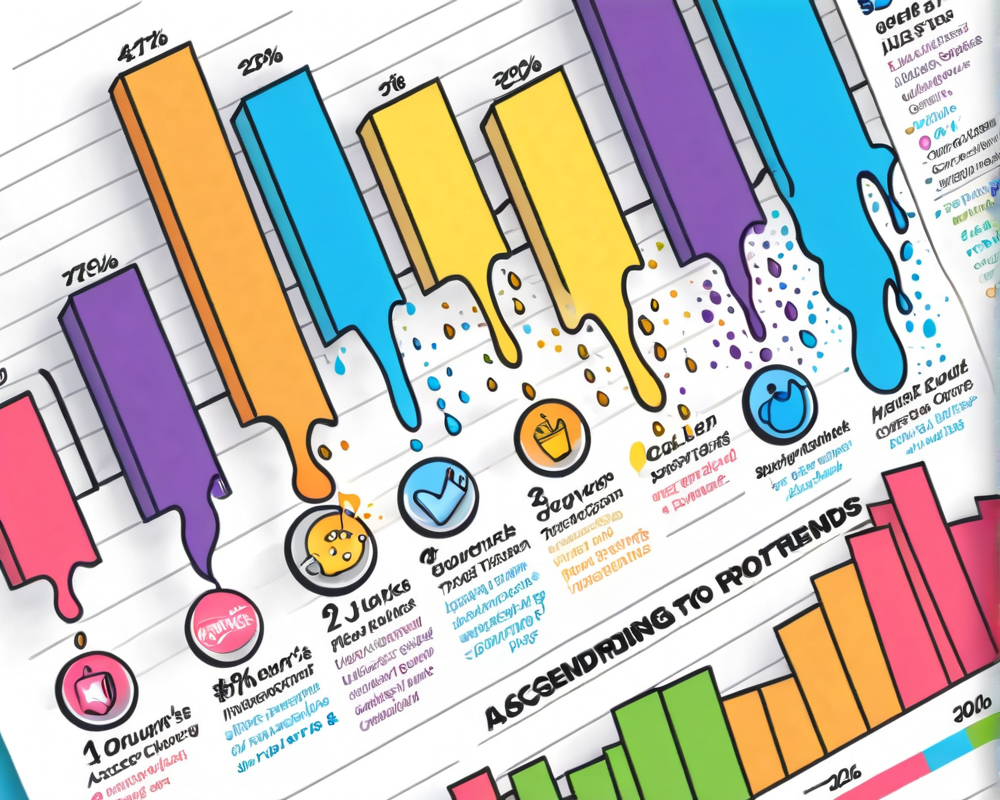What is an Ascending Channel?
An ascending channel is like the roller coaster of the trading world—it’s thrilling, unpredictable, and has its ups and downs! In technical analysis, an ascending channel occurs when the price of an asset bounces between two parallel upward-sloping lines: the trendline acting as support and the channel line serving as resistance. The trick is to draw these lines accurately and watch the price action like a hawk.
Identifying the Channel Lines
To build your own ascending channel, first, connect the two lowest points (reaction lows) to form the main trendline. Then, do the same with the two highest points (reaction highs) to create the channel line. Think of it as drawing your own goldmine of buying and selling opportunities:
- Main Trendline: This is your support. Prices tend to bounce off this line like a rubber ball.
- Channel Line: Your resistance. Prices hit this line before they make a U-turn.
Anyone who claims this is as easy as pie hasn’t tried it with real money on the line!
How to Trade the Ascending Channel
The real challenge lies in how you trade it. When the price dips near the main trendline, that’s your cue to step in (like the adrenaline junkie you are). But the price can be a bit moody, oscillating between the two lines without sticking to a predictable pattern. Here’s how to maximize your strategy:
- Buy on Dips: Whenever the price gravitates towards the main trendline, you’re looking at a potential buying opportunity with a risk comfortably tucked away.
- Watch for Breakouts: A breakout above the channel line could signal a strong bullish surge.
- Set Your Stops: In trading, it’s smart to love yourself enough to set stop-loss orders to protect your investments.
Remember, just because it’s called a channel doesn’t mean life won’t throw you curveballs. One wrong turn and you could find yourself in a bear trap. Yikes!
When Things Go South: Breakdowns Explained
Now, let’s address the elephant in the room: when prices break down below the main trendline. It’s like the roller coaster suddenly drops—hold on tight! While a breakdown often indicates an end to the uptrend, it doesn’t mean we’re headed straight to the bear market:
- Prices might range for a while instead of crashing down.
- Trade volume could increase, indicating that a successful reversal might be in the works.
Thus, it is wise to watch for subsequent price actions before deciding to go all bearish.
Key Takeaways for Aspiring Traders
Trading through an ascending channel is not just a skill—it’s practically an art form! And while we can’t predict every twist and turn of the market, these key points can help improve your tactics:
- Use the main trendline and channel line to spot buying opportunities.
- A breakout often precedes a strong rally; just be sure to keep your eyes peeled for reliable retests.
- A breakdown doesn’t necessarily spell doom; it could mean a transitional phase.
Always combine your ascending channel strategy with additional technical indicators to sculpt a more holistic view of the market landscape.
In Conclusion
Trading in ascending channels can be exhilarating when done right! Whether you’re a seasoned pro or a fresh face in the scene, understanding these patterns can offer valuable insights that keep you ahead of the curve. And remember: every investment you make is an adventure—so buckle up and enjoy the ride!




